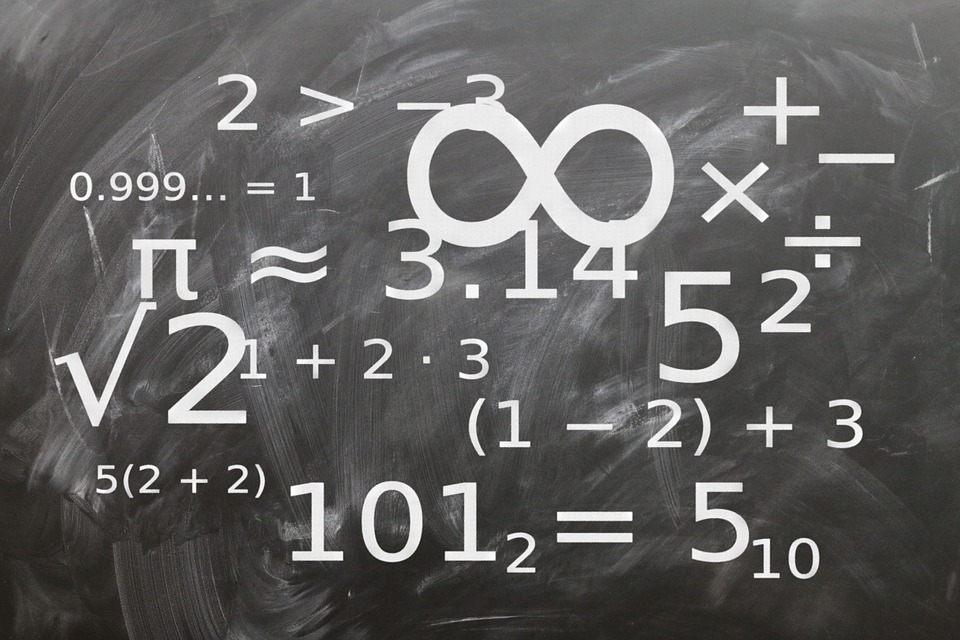MATECS arose to address this concern. It consists of the development of applications from diverse areas of knowledge, including Mathematics, Electronic Technologies and Computer Science.
By Ramona Fuentes Valdéz (rfuentes@itesm.mx) and Pedro Nájera García (pedro.najera@itesm.mx)
Many of us find mathematics very difficult, so the thought of studying a subject related to this discipline terrifies us. This means that we get the least out of the math courses in which we participate, thus generating deficiencies that we drag along whenever we study this subject until we finally pluck up the courage to face our fear, overcome it and solve it once and for all. Moreover, we have no idea how we could possibly apply the knowledge acquired once we have finished studying mathematics, making what we have learned appear to be meaningless.
The idea of MATECS (Spanish acronym) arose to address this double concern. It consists of the development of applications from diverse areas of knowledge, including: MAthematics, Electronic Technologies and Computer Science. Students developed mathematical models, algorithms, software programs and circuits, among others.
The objective was for the applications developed to be sufficiently representative of the areas of knowledge involved. The young people who were studying the theoretical bases of engineering worked as a team with another group of students who implemented the concepts studied using electronic and computer tools, thus generating a practical meaning for the key topics of the courses and, at the same time, a solid theoretical understanding of the fundamental principles of the specialization courses. The explanation of the subjects was given experientially and the elements were developed that allowed us to experience the concept by relating it to a course higher up in the curriculum.
>
“The main problem is that we have no idea how we could possibly apply the knowledge acquired once we have finished studying mathematics, making what we have learned appear to be meaningless.”
Since we were dealing with students from different semesters, learning modules were designed to cover basic knowledge requirements, such as: measurement, team management and safety measures for the instruments used in laboratories. During the semester, we worked with an average of 50 first- through sixth-semester students from different degree programs and enrolled in different courses, all of whom participated in the diverse activities. Just like any other process, its implementation required adequate planning and time management to enable students to coordinate with each other and work on the proposed activities.
Some of the applications for the practical solutions implemented by students were:
Mathematical functions
The electronic instrumentation from the Mechatronics Laboratory was used to explain mathematical functions, together with a practical demonstration of the creation of signals with different characteristics through wave generators and their corresponding visualization using the oscilloscope. Voltage variations were also transformed into audible signals to emphasize the concept of signal frequency.
Acoustic prism.
This activity served to explain the Fourier transform principle to students from the course Introduction to the Degree Program. A data acquisition (DAQ) card and the LabVIEW language were used to generate multiple signals with different frequencies/amplitudes combined in a single electrical signal, which was separated into its components, but this time, through analogue filters built with circuits based on operational amplifiers. The physically separated signals were acquired again by the DAQ card and compared to the original components. The experiment motivated students to build the classic signal equalizer project.
Electronic visualization of linear equations
We defined the electrical signal conditioning requirements for their linear transformation through operational amplifiers. The electrical signal conditioning procedure for processing purposes requires the design of an amplification circuit based on the mathematical characteristics of the straight line, which is studied in the course Introduction to Mathematics, and whose accuracy depends on the adequate adjustment of the values elected for its implementation by Electrical Circuit and Measurement Laboratory students.
Know+
Some of the basic concepts of the course Introduction to Mathematics were selected for this activity. Introduction to Computer Science students then used them to generate a set of algorithms in pseudocode and flowchart forms that make it possible to simulate and test these concepts.
Student learning was undoubtedly greatly enriched through collaborative work. Integrating students from the initial semesters with those from advanced semesters achieved a synergy that not only supported the contents studied, but also transcended far beyond the classroom as they also got to know each other and integrated as a group in a personal way. A greater understanding of the subjects was observed in the courses, since concepts were reviewed and associated with their practical applications. The conclusions of the work completed by the groups displayed their enormous willingness and motivation to perform this type of activities, which, at first produced a certain degree of nervousness about the process, but, ultimately, generated satisfaction with what had been achieved.
Some of the greatest difficulties faced by the students included coordinating the team members and time management. These challenges were overcome by using social media as the means of communication.
To conclude this article, we would like to recall Ralph W. Tyler’s (1949) phrase: “Learning takes place through the action of the student: it is what he does that he learns, not what the teacher does,” since the teacher should only serve as a guide and facilitator in the teaching-learning process. The development of competencies by students in the course is accomplished through the work they carry out in the activities, challenges and projects designed for this purpose.
About the authors
Ramona Fuentes is a Mathematics and Computer Science professor, and also a teacher training course instructor. She received the 2017 Inspiring Teacher Award at Tecnológico de Monterrey, Campus Cuernavaca.
Pedro Nájera García teaches a variety of Electronics, Computer Science and Mechatronics courses. He received the 2016 Inspiring Teacher Award 2016 at Tecnológico de Monterrey, Campus Cuernavaca.
This article from Observatory of the Institute for the Future of Education may be shared under the terms of the license CC BY-NC-SA 4.0 
)
)


)